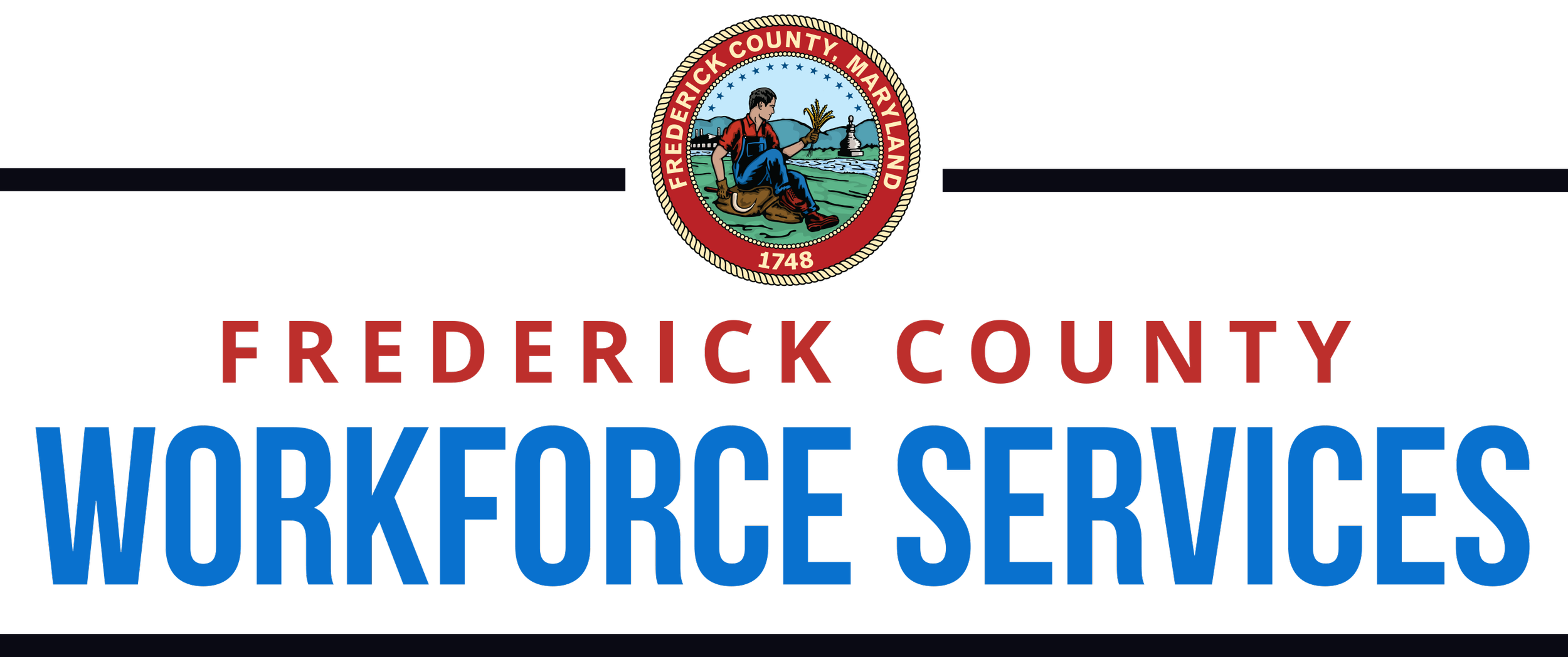Common Resume Mistakes to Avoid
Resume Pitfalls That Could Cost You the Interview—and How to Fix Them
By Mark Tumulty, CPRW, Employment & Training Consultant
Mistake #1: Leaving Out Key Details at the Top
Many people remember to include the basics in their contact section, such as their full name, phone number, and email address, for employers to reach them. However, it’s best not to list your full street address for privacy reasons. Instead, simply include your city and state.
What many job seekers don’t realize is that you can go beyond these essentials. Consider adding links to relevant professional materials that highlight the quality of your work and reinforce your professional brand, such as your LinkedIn profile, online portfolio, or personal website.
Mistake #2: Forgetting to Include a Resume Summary
The top section of your resume is prime real estate as it’s often the first, and sometimes the only, part an employer will read. Make the most of it by asking yourself: “What do I want this potential employer to know about me right away?”
Use that answer to craft a strategic resume summary, a concise two to three-sentence statement placed directly beneath your contact information. Highlight your most relevant skills, qualifications, and experiences, and explain how you can contribute to the company’s success and achieve its business goals.
Mistake #3: Including Hobbies or References
Resume space is limited, so it’s important to leave off your hobbies and references. Employers will request this information separately or during the application process if needed, so including it on your resume is usually unnecessary and takes up valuable space. Every element on your resume should serve to highlight your qualifications and value, rather than clutter or distract from your most important professional accomplishments.
Mistake #4: Omitting or Misplacing Your Skills Section
Your Skills section is a valuable opportunity to demonstrate how your abilities align with the specific needs of the job. Aim to include around five key skills, enough to show depth without overwhelming the reader or diluting your professional focus.
Avoid using the exact same list of skills for every application. Different roles often have unique requirements. Review each job description carefully, identify the skills the employer emphasizes, and highlight those that genuinely match your qualifications. Use the same terminology from the job posting where appropriate to show that you’ve tailored your resume to the role.
Mistake #5: Using an Inconsistent or Overly Busy Design
While most people remember to proofread their resumes for spelling and grammar errors, formatting inconsistencies often go unnoticed. For example, are you consistent in using periods at the end of bullet points? Are all bullet points indented equally? Are your margins uniform? Do you apply bold text in the same way throughout your document? There’s no single “correct” approach, but whatever formatting choices you make, ensure they’re applied consistently across the entire resume.
Similarly, avoid cluttering your design with unnecessary elements such as photos, graphics, colored text, or multiple fonts. Limit yourself to one or two professional font styles and sizes for a clean, cohesive look.
Mistake #6: Describing Work Experience Without Demonstrating Impact
Many people describe their work experience by simply listing job duties or restating their job description. Even when accomplishments are mentioned, they’re often presented without emphasizing their impact. To stand out, make sure you position yourself as an active contributor and clearly show the value of your work.
Start each bullet point with a strong action verb, for example, “drove,” “acquired,” or “developed.” This language demonstrates that you took initiative and achieved results, rather than passively completing assigned tasks.
After describing what you did, always answer the question: “So what?” In other words, explain the outcome or significance of your work. You can do this by including measurable results, such as numbers, percentages, or clear business outcomes, to describe how your contribution supported company goals.
Bonus tip: Use the past tense for previous roles and the present tense for your current position.
Mistake #7: Overlooking Relevant Unpaid Experience
Many job seekers believe that only full-time, paid work belongs on a resume. This misconception is especially common among students and early-career professionals with internship or part-time experience. In reality, if the experience is relevant to the position you’re applying for, it absolutely belongs on your resume, regardless of whether it was paid.
Volunteer work, internships, academic projects, or leadership roles in student organizations can all demonstrate valuable skills and initiative. If you contributed meaningfully and gained experience related to the job, it’s not just acceptable, it’s strong evidence of your potential value to an employer.
Polish your resume with confidence. Join one of our resume workshops or get expert feedback through Job Search Support today!
